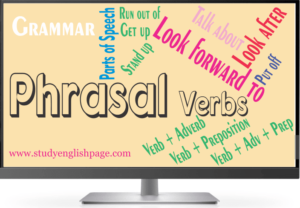14 Tips for Writing Clear and Concise Sentences in Assignments.
Tip 1: Keep It Straight and Simple
Simplicity is essential while creating sentences for the assignments. Stay away from overly complicated and tangled language constructions. To make sure that the thoughts are easily understood, use simple language. The ideas should flow easily through a sentence; it shouldn’t be a barrier.

Tip 2: Concentrate on One Idea
When sentences attempt to convey numerous ideas, clarity is weakened. There should be one main idea in every sentence. It avoids uncertainty and makes it easier for the readers to understand the assignment criteria.

Tip 3: Comparing active voice to passive voice
To give the sentences vitality, employ an active voice. Active voice can clarify the subject and action, resulting in less clear writing. As an illustration, “The professor explained the concept” (active) is more straightforward than “The concept was explained by the professor” (passive).

Tip 4: Select Powerful Verbs
Strong verbs give the phrases life, making them more vivid and exciting. To increase the impact of the writing, swap out weak verbs for precise ones. For example, use “achieved” instead of “got” to emphasize accomplishment.

Tip 5: Change Up Sentence Format
Constant sentence patterns might bore readers. Applying the combination of simple and sophisticated structures and short and long sentences. This pace keeps readers interested and encourages an easy flow of ideas.

Tip 6: Proofread and edit
Clear writing must be free of errors. Spend time editing and proofreading the sentences after having written. Fix odd wording, grammatical faults, and punctuation issues. Careful rewriting results in clear sentences.
Tip 7: Read Aloud
This is an effective editing technique. Run-on sentences, odd wording, and other problems that can go overlooked when reading aloud are brought to light by this technique. When spoken, a sentence should be revised if it sounds odd.

Tip 8: Arrange the Ideas
Clarity goes beyond isolated sentences. Make sure the essay’s paragraphs and structure flow logically. Higher-level, well-structured thoughts offer context that improves the readability of individual phrases.

Tip 9: Defining Technical Terms
If the subject requires technical terminology, be careful to define it or give it some background information. Defining the key terms of the topic make it easier to understand the assignment even if a non-expert reads it.

Tip 10: Prioritize Clarity over Word Count
There may be a tendency in academic writing to add filler words to meet word count requirements. Give clarity and substance more weight than quantity. Each paragraph should make a significant contribution to the argument.

Tip 11: Sentence openers with simplicity
In academic writing, begin sentences with the fundamental idea. The reader’s attention is immediately captured, and the main idea of the sentence is communicated.

Tip 12: Take the Context into Account
Keep in mind the assignment’s context. Keep a formal, academic tone if the paper is standard. Use a more conversational tone for projects that are more laid back.

Tip 13: Make Use of Visual Aids
Tables, charts, and diagrams can simplify complex information in assignments where they are appropriate. They act as visual aids to go along with the precise and succinct content.

Tip 14: Edit for Conciseness
After finishing the first draft, go through the work with the intention of making it more straightforward. Look for ways to say the same thing with fewer words.





